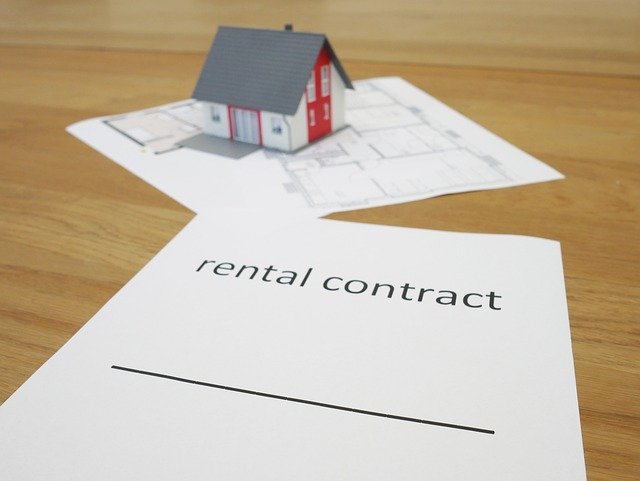Capitalizing on Aging Commercial Real Estate: A Deep Dive into Adaptive Reuse
Introduction: Commercial real estate is undeniably a dynamic sector. However, aging infrastructure is turning into an issue. One solution to this is adaptive reuse, a process where older buildings are repurposed for new uses. This article explores the concept of adaptive reuse, its benefits, and potential impacts on the real estate market.

A Background on Adaptive Reuse
Adaptive reuse is not a new concept in real estate. Its roots trace back to the post-industrial era when factories and warehouses were converted into residential lofts. Today, this practice has evolved, incorporating a broader spectrum of building types and uses. In essence, adaptive reuse is a form of recycling, breathing new life into old, underutilized buildings through renovation and retrofitting.
Current Market Trends and Financial Insights
In recent years, adaptive reuse has gained traction in the commercial real estate sector. This trend is fueled by factors such as urbanization, sustainability concerns, and the desire for unique spaces. Financially, adaptive reuse projects can offer competitive returns. Moreover, these projects can qualify for tax incentives, grants, or low-interest loans aimed at revitalizing aging infrastructure.
Advantages and Challenges of Adaptive Reuse
Adaptive reuse offers several advantages. It promotes sustainability by reducing construction waste and preserving architectural heritage. Moreover, it can generate high returns by transforming underutilized spaces into desirable assets. However, adaptive reuse projects also come with challenges. These include potential structural issues, regulatory hurdles, and high renovation costs. Understanding these factors is critical for making informed investment decisions.
Impact on Buyers, Sellers, and Investors
For buyers, adaptive reuse projects can offer unique properties with character and history. Sellers, on the other hand, can capitalize on the growing demand for such properties. For investors, adaptive reuse can open up new avenues for portfolio diversification. However, the success of these projects hinges on thorough due diligence and market understanding.
Bringing Complex Concepts to Life
Adaptive reuse is more than a buzzword in commercial real estate. It’s a viable strategy that can help tackle aging infrastructure while offering attractive returns. By understanding the complexities involved, investors, buyers, and sellers can make the most of this emerging trend.
In conclusion, adaptive reuse offers a compelling opportunity in commercial real estate. It presents a unique way to capitalize on aging infrastructure, offering benefits for investors, buyers, and sellers alike. As the real estate landscape continues to evolve, adaptive reuse is likely to remain a key player in shaping the future of the sector.


